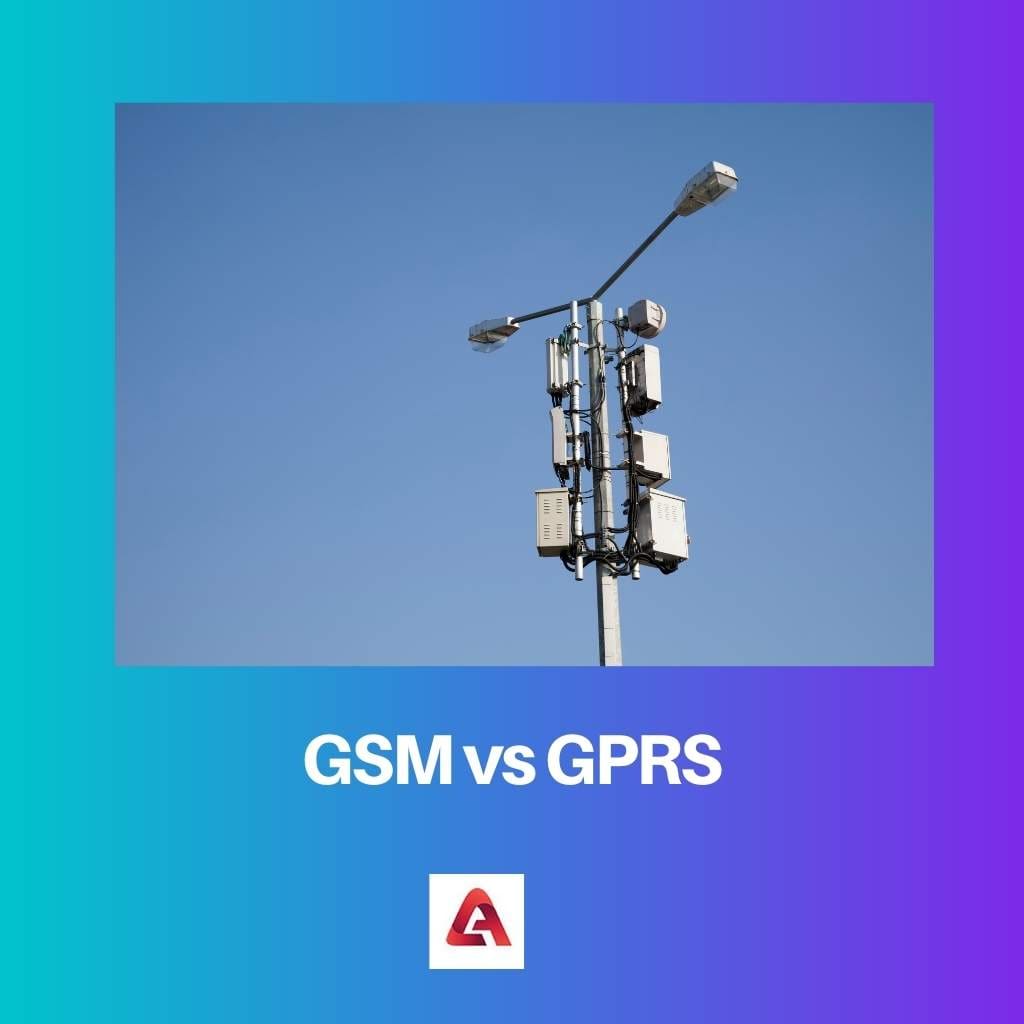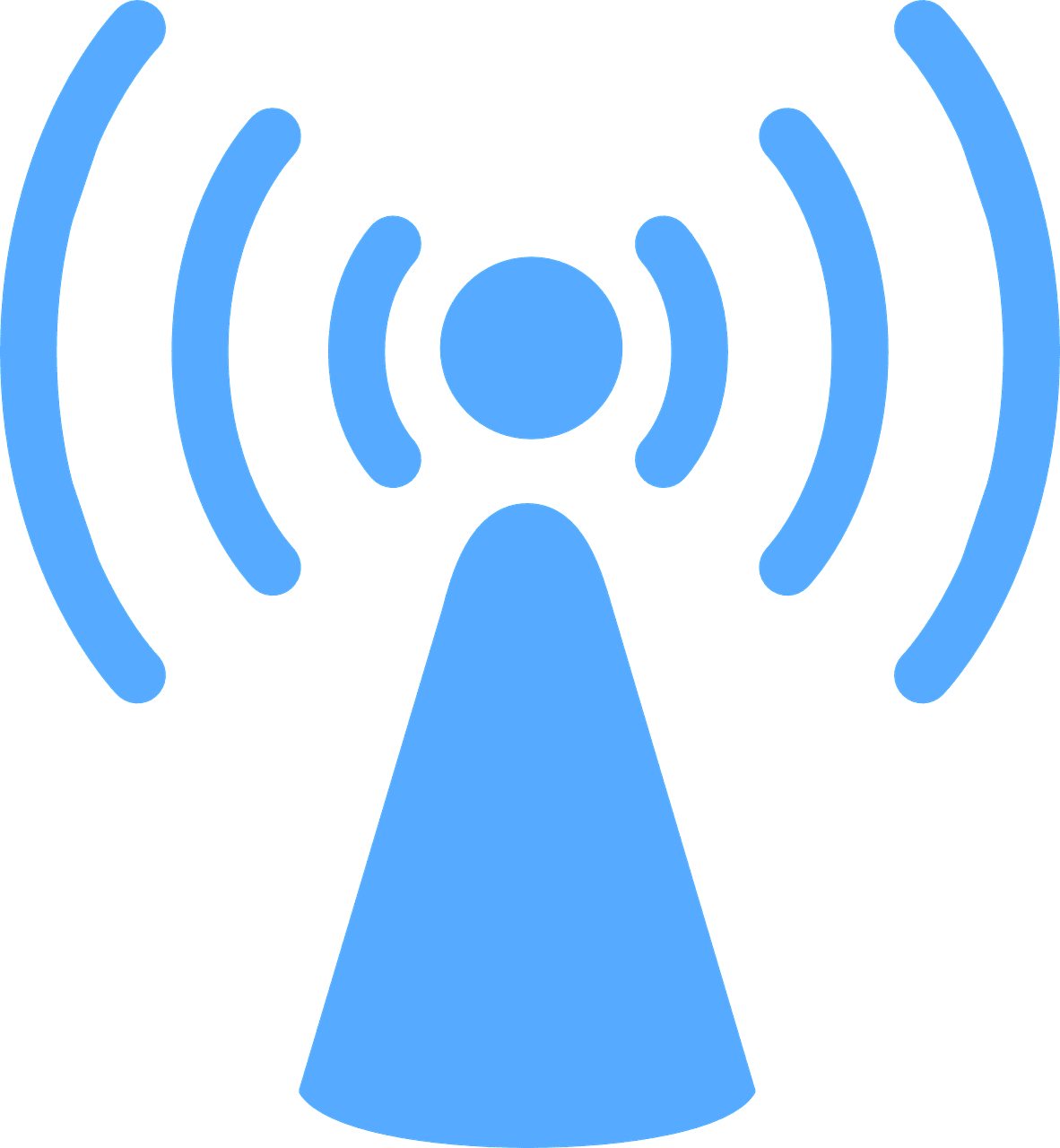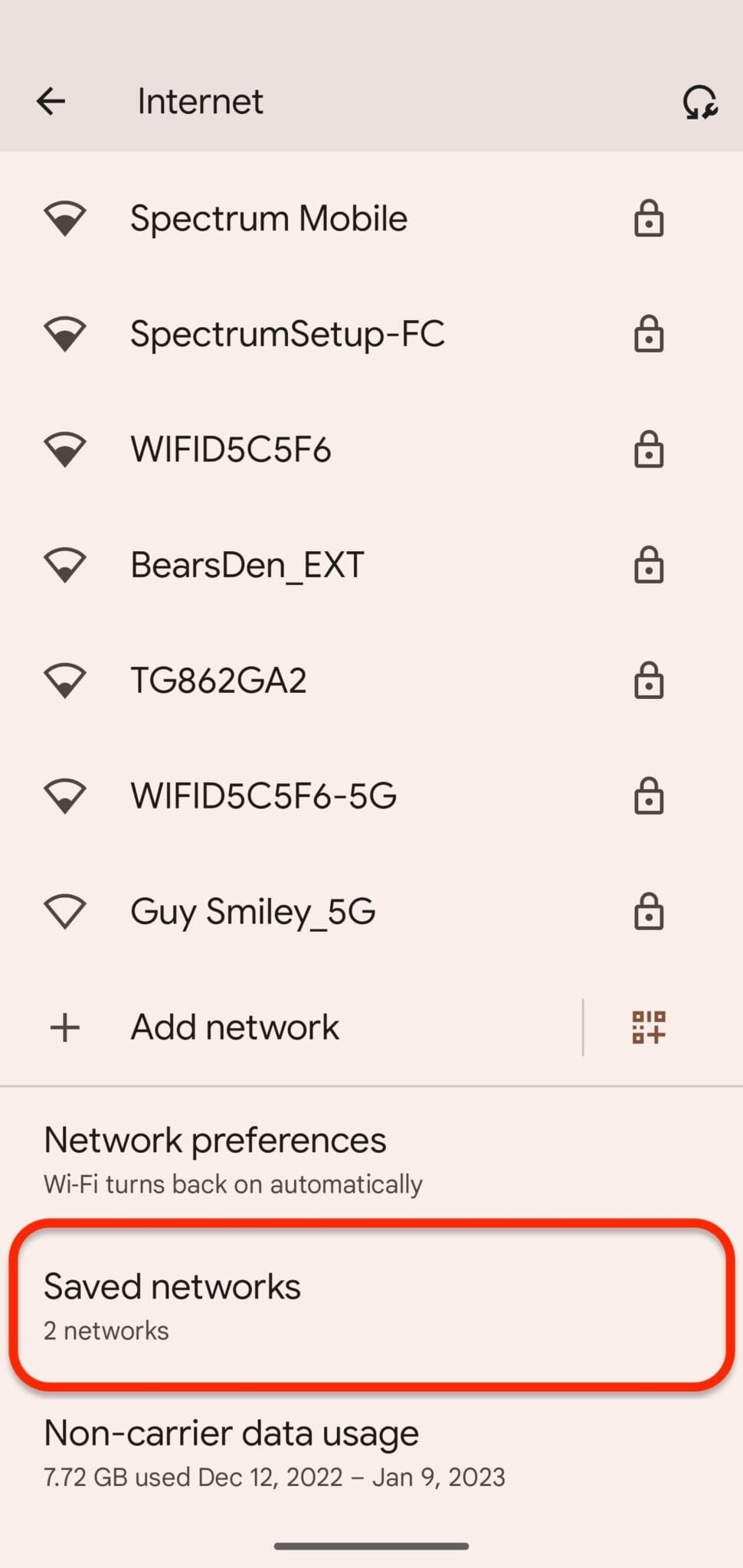Technology has developed over the years and is still developing at a pace no one could imagine.
GSM was one of the first advancements in this field as it enabled the transferring of messages, but it didn’t work on the transfer of packets, and therefore the role of GPRS came into view and gained popularity.
Key Takeaways
- GSM stands for Global System for Mobile Communications, while GPRS stands for General Packet Radio Service.
- GSM is a standard for voice and data communication for cellular networks, while GPRS is a data transmission service that operates on GSM networks.
- GSM provides faster data transfer rates than GPRS and is used for mobile internet and multimedia messaging services. In contrast, GPRS is used for applications that require less bandwidth, such as email and simple web browsing.
GSM vs GPRS
GSM stands for Global Systems for Mobile, and it is a device that allows users to send messages, use voice services and transfer data, and works with 2G technology. GPRS means General Packet Radio Service and allows the user to send MMS using the flow of packets.

GSM is the torchbearer of the technology as it enables the user to send messages and also gives them the facility to use voice services along with the transfer of data.
It is the standard need for all the devices that want to use the 2G technologies and works on a network type known as a Circuit.
GPRS works on the network types known as Packets, which enables the user to directly access wireless data over the internet.
It can only be used in areas where there is a good network connection and works on the 2.5G technology. The amount of data used accounts for the billing of such a system.
Comparison Table
| Parameters of Comparison | GSM | GPRS |
|---|---|---|
| Full forms | GSM stands for Global Systems for Mobile. | GPRS stands for General Packet Radio Service. |
| Facilities | GSM provided the user with the facility of voice services along with enabling messaging over a connection. | GPRS provided the user with the freeness to send MMS over the connection using the flow of packets. |
| Technology used | GSM works on the 2G technology and uses the network type which is Circuit. | GPRS is used for devices with 2.5G technology and work on a network type known as Packets. |
| Frequency and data rates | GSM system works on 900HZ and 1800HZ frequency bands and 9.6 kbps is its data rate. | It has a larger variety of bands to work on. The bands are:- 1900, 1800, 900, and 850 and 14.4 to 115.2 kbps is a range of data rates. |
| Time slot and Internet accessibility | A single user is given a single time slot and it cannot directly access the internet. | A single user can access multiple slots and the technology can access the internet directly. |
| Billing and popular feature | The duration of the connection accounts for the bills and the SMS was its most popular feature. | The amount of the data used accounts for the amount of bill and MMS was a very popular feature. |
What is GSM?
GSM is one of the most popular services that enables the world to send and receive a call or provides voice services.
It is standard technology required for the 2G access and can be used to transfer data using the circuit-switched network. It was developed by the European Telecommunications Standards Institute.
GSM was first used in Finland in the 1990s and all over the world, it gained popularity in the 2010s capturing more than 90% market due to the features it provided.
The GSM system works on two frequencies, 900 and 1800 Hz. The transfer rate of the data on the connection is 9.6kbps.
The system cannot connect to the internet directly, and this was a limitation that led to the development of the next generation.
Its billing was also based on the timing, that is, the duration of the connection. It was also slow and made the user wait a while for the connection to be made.
The system only enabled the user to make a single connection at a time, which meant the user couldn’t multitask and invested more amount of time and the concept used was location area. SMS was the best feature that was provided by this system.

What is GPRS?
GPRS is the new form of GSM, which works on the concept of area-wise routing of the systems. It enabled people to use data at a higher speed and worked on the network known as packet-switched.
It meant that the user had access to send data through the use of packets on a wireless connection.
It was integrated into release 97 with the GSM and stood for General Packet Radio Service and gained the market quite easily due to its developed features.
It used the standard for both 2G and 3G devices and, therefore, said to be of the type 2.5G. The system works on several frequencies like 1900, 900, 850, and 1800 Hz.
The system developed was way faster than the previous one and solved some of the problems like data delay, loss of data, etc.
The transfer rate of data was in a range between 14.4 to 115.2 kbps, the billing was done according to the data used, and the after-adds were charged.
The system had some of its own flaws, like the speed was slow in practical life, and the data could only be transferred where the people had connection and access.
Multiple slots were available for a user, but that also was restricted to the number of persons using in the area. The most common problem was that it couldn’t troubleshoot, so the question arose whether it could work or not.

Main Differences Between GSM and GPRS
- GSM stands for Global Systems for Mobile, whereas GPRS is developed from GSM and stands for General Packet Radio Service.
- GSM enables a user to only send a limited amount of data through messages and allows voice services, whereas GPRS was developed to provide the user with a higher speed of data so it could be easy to send and receive data.
- GSM works on the technology of 2G and is associated with the circuit-switched network type, whereas GPRS works on both 2G and 3G and uses packets to switch data over the connection.
- GSM is restricted to only two frequencies and is a bit slow because the data rate is only 9.6 kbps. On the other hand, GPRS has 4 different frequency bandwidths and a higher data rate, which is in the range of 14.4 to 115.2 kbps.
- The system only allows a single user to use a single time slot and does not allow to connect to the internet directly, whereas GPRS provides multiple slots alongside internet access.





